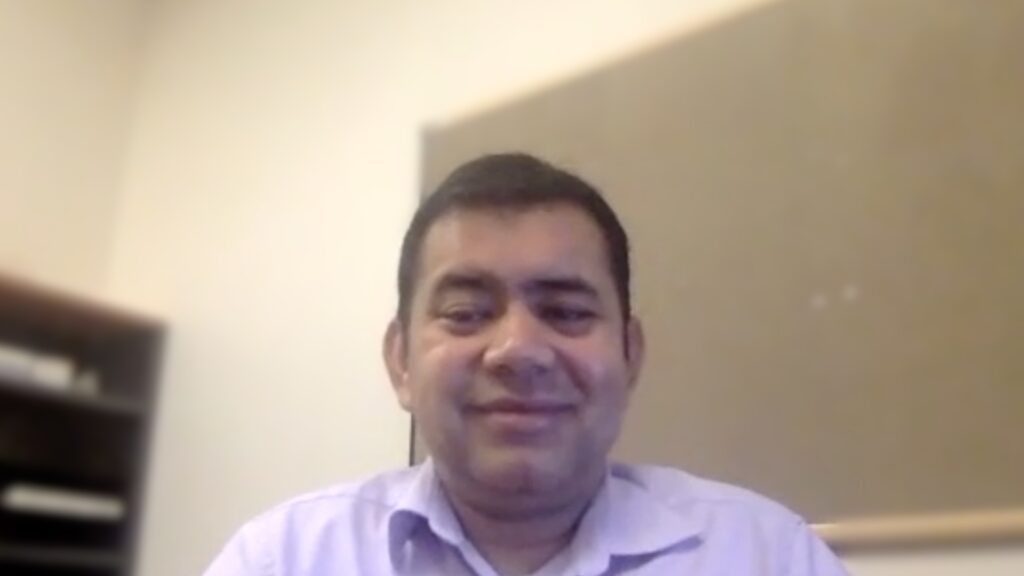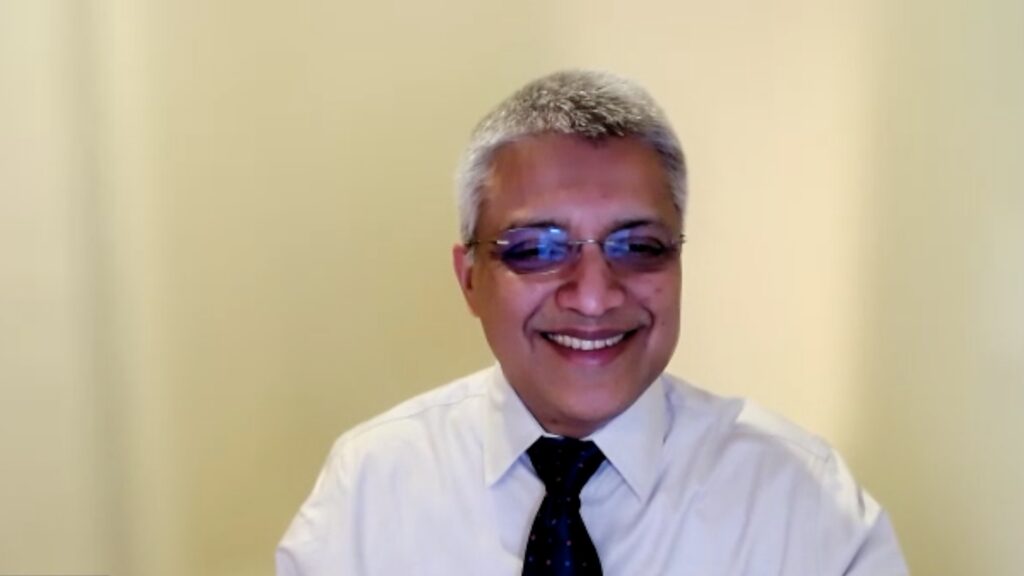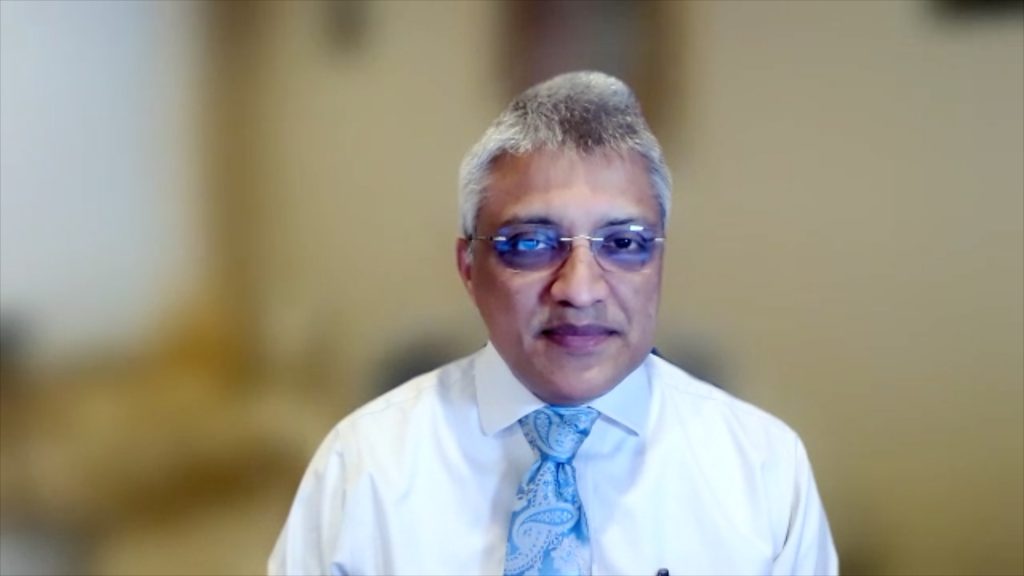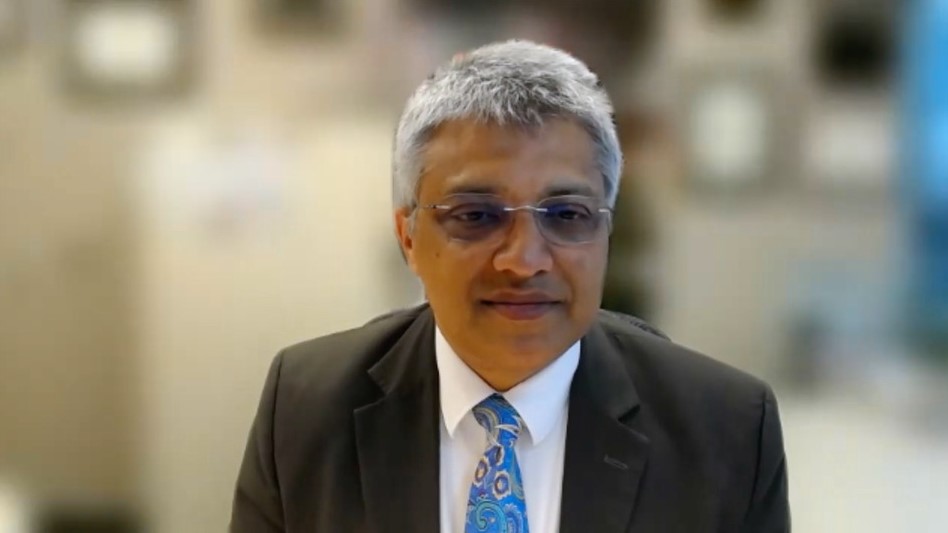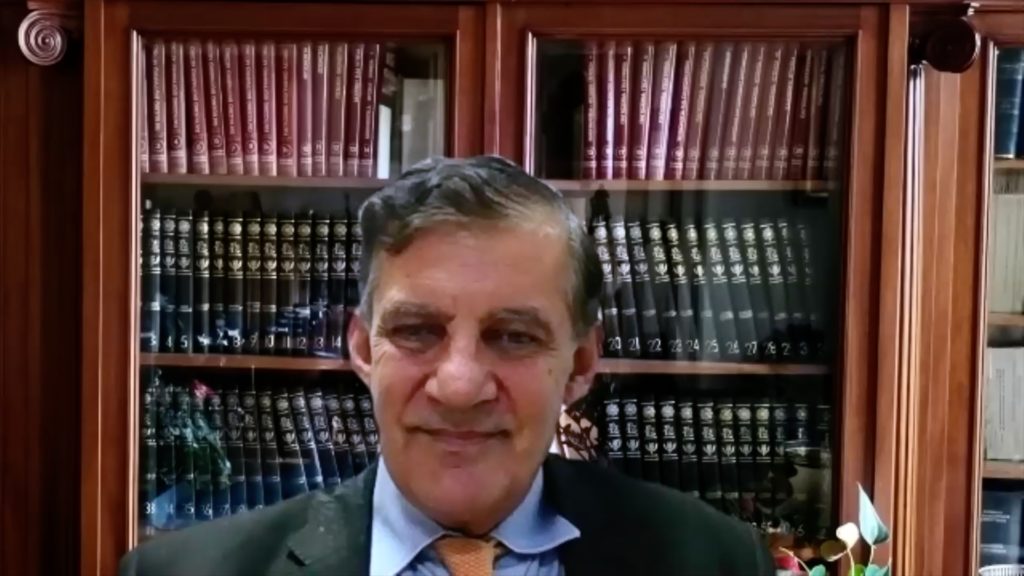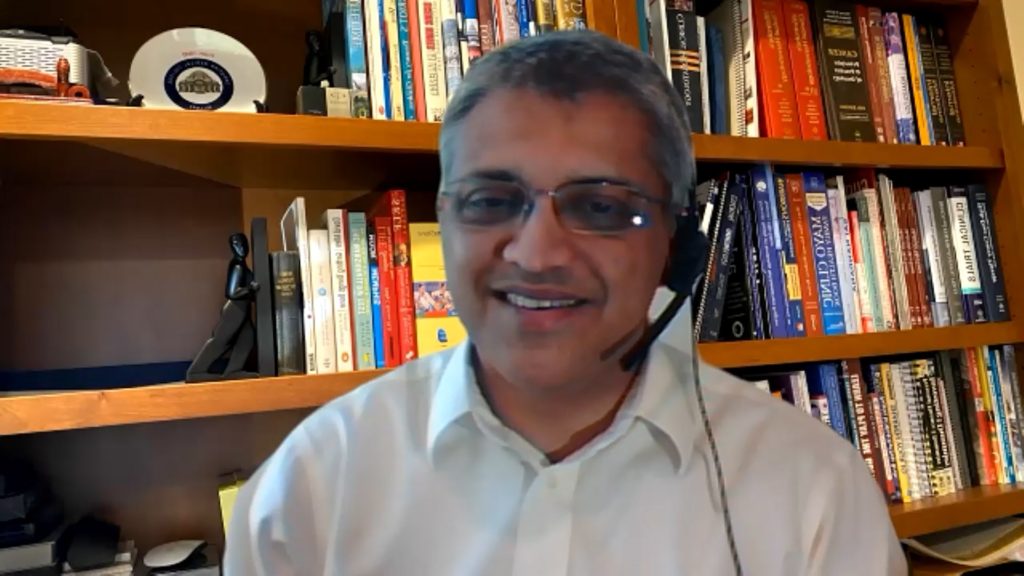In an exciting landscape where treatment is moving towards personalised medicine, leading multiple myeloma specialist Maria Victoria Mateos shares her updates and highlights for the year ahead.
Q. What are the biggest challenges you face when treating patients with multiple myeloma?
The biggest challenge we face is the move towards personalised medicine, and how we choose the right option for each patient and at each moment. Can we cure newly diagnosed myeloma patients? Maybe, but we cannot identify them at a baseline situation. Another important challenge is the management of patients with high-risk features that progress after first-line treatment based on optimal combinations. The survival of these patients continues to be very short and represents a key challenge.
Q. How do you see the treatment landscape for multiple myeloma changing over the next few years?
The landscape for multiple myeloma is rapidly evolving, so in the upcoming years, immunotherapy will be a reality for all myeloma patients. Initially, patients will be treated in the upfront setting through monoclonal antibodies, then the next step will be to incorporate cell-therapy strategies, such as chimeric antigen receptor T (CAR T) cells/natural killer cells at relapse. Over time, we will see these strategies move rapidly to the earlier disease setting, and we may be able to use drugs, or combinations of drugs, to prevent the development of myeloma in asymptomatic patients or maybe to offer the cure to some of them.
Q. What are the key topics to look out for at The European Hematology Association annual meeting 2019?
There will be presentations in new standards of care for patients with myeloma, such as the incorporation of the monoclonal antibody daratumumab to the standard induction regimen of Velcade® (Takeda, Tokyo, Japan), thalidomide and dexamethasone, before autologous stem cell transplantation and also as consolidation. At the relapse setting, we will also have the results of pomalidomide-dexamethasone plus isatuximab as a new standard of care for relapsed patients at second relapse and beyond. New agents are upcoming, including new immunomodulatory drugs such as iberdomide, or new alkylators like melflufen. Updates of some clinical trials with CAR T cells will be also presented.
Author biography:
Dr. María-Victoria Mateos, MD, PhD, is Consultant Physician in the Haematology Department and Associate Professor of Medicine at the University of Salamanca, Spain. She is the director of the Myeloma Program and coordinates the Clinical Trials Unit in Salamanca’s University Hospital Haematology Department. She serves as coordinator of GEM (Spanish Myeloma Group), with direct involvement in the design and development of clinical trials. She has coordinated many clinical trials in elderly and smouldering MM patients that have profoundly influenced current options for treating these patient populations. She is also a member of the IMWG (International MM Working Group), IMS (International MM Society), EHA and ASH.
She has published over 200 papers in peer reviewed international journals, some of which have become key references in the Multiple Myeloma field. She is Associate Editor of myeloma in Annals of Haematology since 2011 and has acted as a reviewer for top journals such as NEJM, Lancet and Lancet Oncology. Among her invited presentations, she has recently contributed to the educational sessions of EHA 2012, ASH 2013, ASCO 2015, EHA 2016, ASCO and ASH 2017. She has served on the EHA’s Scientific Program Committee and Advisory Board since 2013 until 2017, and on the ASH Scientific Committee on plasma cell diseases in 2015-2017.
She is a Councillor on the EHA Board since 2015 for a four-year mandate, member of the Steering Committee for the Society of Hematologic Oncology (SOHO), member of the IMS board and member of the European School of Haematology (ESH) Scientific committee. She has published over 200 original papers in international journals. Her areas of interest include multiple myeloma, the biology of plasma cells and the news drugs development.
Published online: 6 June 2019
Support: No funding was received in the publication of this Insight article.


